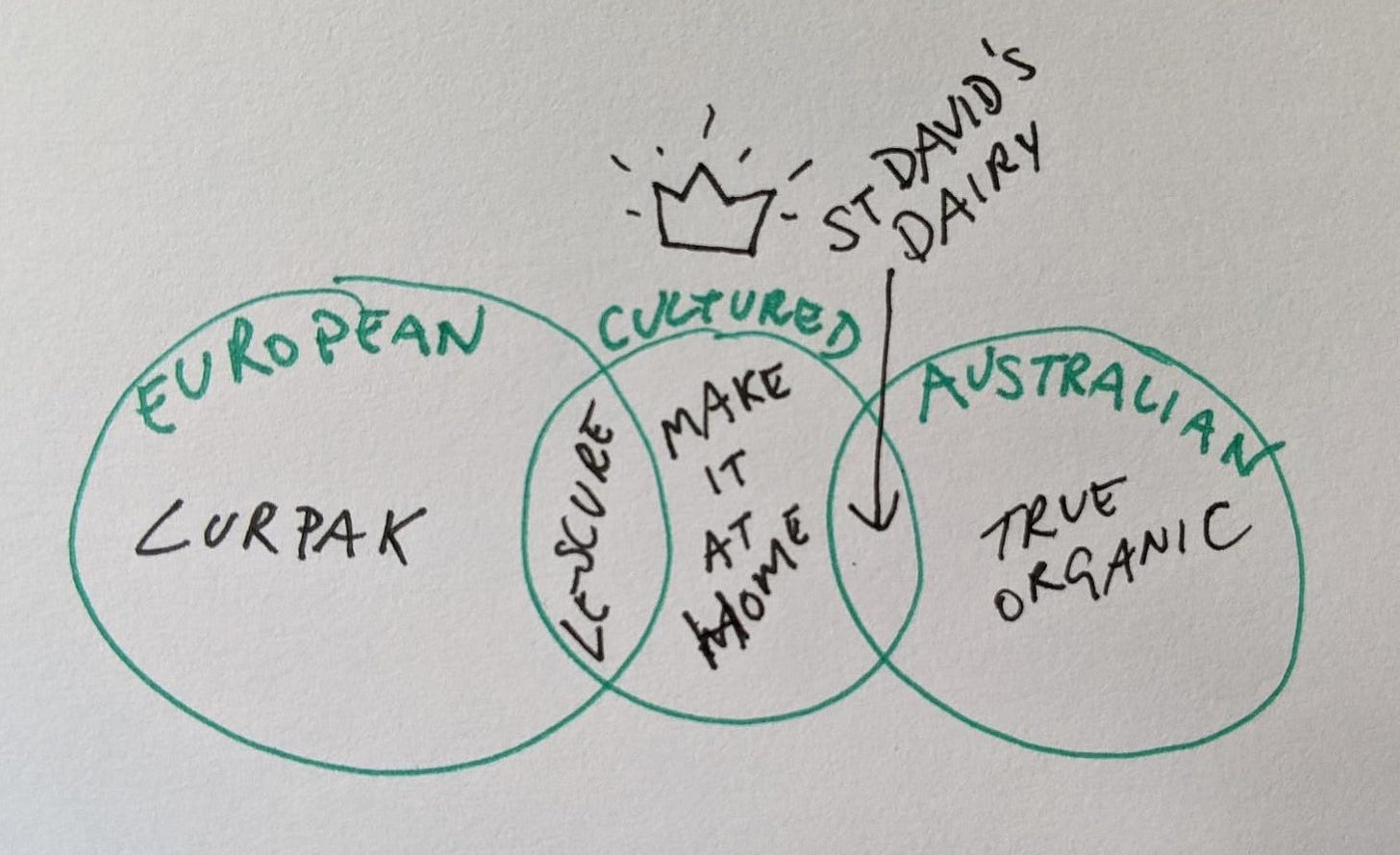Be fussy about your butter
Butter is extremely important, and if done right, will be the peak of your day.
Hey, so what’s the best cookie you’ve ever had? Do you know what’s important to you in a good cookie?
Most choc chip cookie recipes claim you never need to try a new recipe once you have tried that recipe. I’m not so sure about that, so I have decided to try every “best” choc chip cookie recipe I can find. I have been doing this for 6 weeks (below is week 4, a Claire Saffitz recipe).
Every week, I’ve been buying mostly the same set of ingredients, and later putting it in some slightly different arrangement based on a recipe to make a different choc chip cookie. Almost every choc chip cookie has some variation of:
Butter
Flour
Vanilla
Brown sugar
White sugar
Chocolate
And because you’re here finding perfect (that’s the name of the newsletter!) I have also been making my way through any brand/type of all 6 of those ingredients to work out which is the perfect one. I’ve been most vigorously testing butter because there is such a massive assortment to choose from.
Picking the best butter
Okay so there are three distinct but blended categories of dairy butter as far as I’m concerned:
Australian butter
European butter (Danish and French, mostly)
Cultured butter (Australian, European, or homemade)
Or, if you want:

Unfortunately, the best butter I’ve had in my entire life is the butter I’ve made at home. But if you don’t want to become a butter churner every weekend, Lurpak, Lescure, St David’s Dairy, and True Organic are going to be wonderful.
But I have to implore you — uncultured butter is just a shadow of what real butter can be.

Butter vs cultured butter in written form
This is what regular butter tastes like (just regular, nothing special, easy to have, doesn’t cause problems)
THIS IS WHAT CULTURED BUTTER TASTES LIKE (it’s the same as the earlier statement but more: bold, elegant, makes a statement and yet doesn’t overstay its welcome)
Cultured butter is also just functionally better:
It has a higher melting point so stays not melted on your toast for longer.
If you’re browning butter, it takes longer to brown (so you get a richer flavour) and the acidity from it being cultured gives you an extra lil zing.
It has higher butterfat, meaning everything you make will be flakier, doughs will be stretchier, and richer.
What’s cultured butter though?
Yeah sorry, I should have opened with this. Cultured butter is made with cream and kefir (so, a live bacterial culture), left to sit for a day or two, then churned into butter. It’s kind of like making yoghurt, but fattier.
Okay, I hope I’ve convinced you to buy (or maybe make?) cultured butter. This video is a great place to start. Even if you don’t make it, it’s still a great video.
It’s the smaller details in your home that make your surroundings more delightful. And cultured butter will pull back the curtains on true butter.
Much love,
Sam




